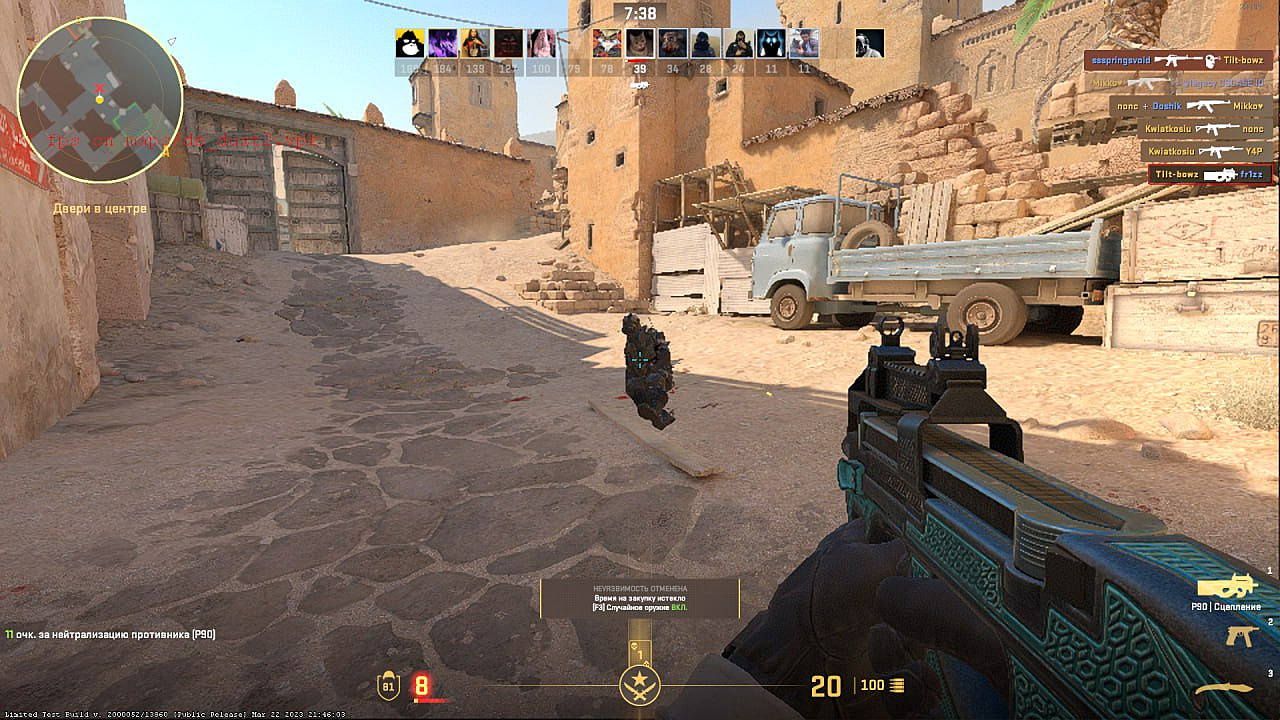Dramacool Hub
Your go-to source for the latest dramas, reviews, and insights.
Crafting Visual Brilliance: Elevate Your CS2 Graphics Game
Unlock the secrets to stunning graphics in CS2! Transform your designs and elevate your game with expert tips and tricks in visual brilliance.
Essential Tips for Creating Stunning Graphics in CS2
Creating stunning graphics in CS2 begins with mastering the basics of the software. Familiarize yourself with the toolbar and commonly used tools like the Pen Tool and Brush Tool. To achieve clean and professional designs, ensure your layers are well-organized; a structured layer panel will make it easier to edit and manipulate different elements of your graphic. Additionally, explore the use of shapes and gradients, as these can greatly enhance the visual appeal of your designs.
Another essential tip is to utilize high-quality images and resources. Whether you're working with stock images or creating your own graphics, the quality of your source material will significantly impact the final outcome. Consider employing fonts that complement your design style, and always pay attention to color schemes to ensure a harmonious look. Lastly, don’t forget to experiment with various effects and filters offered in CS2, as these can add depth and unique characteristics to your graphics.

Counter-Strike is a highly popular first-person shooter game that has captivated millions of players worldwide. The latest iteration, known as CS2, brings exciting updates and improvements, including enhanced graphics and gameplay mechanics. One of the significant aspects in competitive gaming is the cs2 tick rate, which influences how smoothly and accurately players' actions are registered in the game.
Mastering Color Theory for Visual Impact in CS2 Projects
Mastering Color Theory is essential for creating compelling visual impact in CS2 projects. Understanding the basics of color relationships, such as primary, secondary, and tertiary colors, can dramatically influence the overall aesthetic of your designs. By utilizing tools like the color wheel, designers can explore complementary, analogous, and triadic color schemes to develop a cohesive and visually appealing palette that draws the viewer's eye. This foundational knowledge not only enhances creativity but also ensures that color choices align with the intended emotional tone of the project.
To effectively implement color theory in your CS2 projects, consider incorporating the 60-30-10 rule. This guideline suggests that your design should consist of 60% dominant color, 30% secondary color, and 10% accent color. This balance creates harmony and directs attention to key elements. Additionally, remember that colors can evoke specific emotions—warm colors like reds and yellows can energize, while cool colors such as blues and greens can calm. By consciously applying these principles, you can greatly enhance the visual impact and communication of your design work.
How to Utilize Layers and Effects to Enhance Your CS2 Designs
Utilizing layers and effects in Adobe Photoshop CS2 can significantly enhance your design projects. By mastering the use of layers, you can separate different elements of your design, making it easier to edit and manipulate them without affecting other components. Start by organizing your layers in a logical manner; for instance, you might have one layer for background elements and another for text. This organization allows for more straightforward adjustments and enhances your workflow. Additionally, employing layer effects such as shadows, glows, and overlays can add depth and texture to your designs, making them visually compelling.
Moreover, combining various layer effects can lead to unique results that elevate your artwork. For example, consider applying a drop shadow to your text layer, which can create an illusion of depth. Similarly, using opacity adjustments allows you to blend layers seamlessly, resulting in smoother transitions between elements. Don’t hesitate to experiment with layer styles and effects; the more you play around, the more you'll discover innovative ways to enhance your CS2 designs. Remember, the key is to strike a balance between creativity and clarity, ensuring that your final product remains cohesive and impactful.